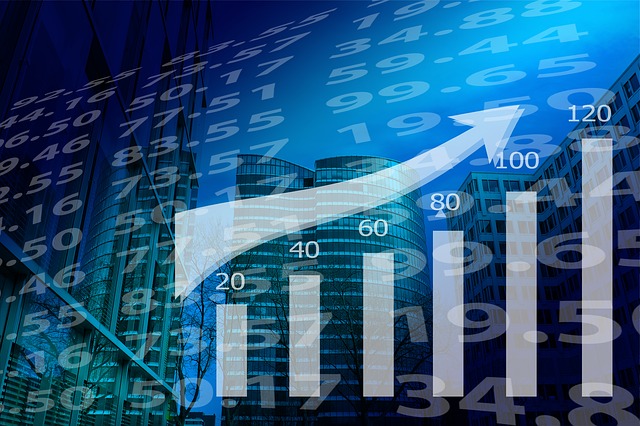Consumers are reconsidering their shopping habits to manage household budgets during this inflationary period, including the possibility of making fewer trips to stores or shopping closer to home to save on gas.
The national average for gas climbed to $5 per gallon this month at a time when inflation has reached a 40-year high of 8.6%.
The surge in prices for essentials like food and fuel are driving shoppers to make adjustments to how they spend. Walmart Inc. WMT, +0.91% said during its most recent earnings report that shoppers have started to trade-down to private label and other alternatives, for example.
In addition to seeking out cost savings through promotions and deals, Placer.ai, a data analytics company that measures foot traffic, has been tracking shopper trips to grocery stores and superstores, like Walmart and Target TGT, -3.31%.
See: Target’s markdown strategy signals a return to pre-COVID pricing across retail, analysts say
“Consumers trying to reduce their driving time may be buying groceries at superstores as a way to consolidate their shopping trips,” the company wrote in a May report.
Speaking this week at a webinar hosted by online discussion forum RetailWire, Ethan Chernofsky, Placer.ai’s vice president of marketing, said the impact of gas prices could actually be more significant to some businesses than inflation in the short term.
“Gas prices are a unique challenge for brick-and-mortar retail because the added cost can change the actual visit patterns, not just the spending amount,” he told MarketWatch following the event.
“The likeliest scenario is not one of dramatic change, but a small but significant shift in the favor of retailers oriented to audience proximity and to those retailers that enable customers to accomplish more with each trip like superstores.”
Both Walmart and Target boast about how close they are to many U.S. shoppers. Walmart has said that 90% of Americans live within 10 miles of a Walmart store. And Target says that 75% of the U.S. population lives within 10 miles of one of its stores.
Target talked up its wide range of merchandise in its most recent earnings.
“Guests continue to depend on Target for our broad and affordable product assortment, as reflected in Q1 guest traffic growth of nearly 4%,” said Chief Executive Brian Cornell in a statement.
Also: Amazon Prime Day will be huge for deal seekers hoping to score a discount amid soaring inflation
Dollar stores, which Placer.ai says have seen strong foot traffic throughout the pandemic, continue to expand to reach customers who aren’t in close proximity of other places to shop.
“[W]ith more than 18,000 stores located within five miles of about 75% of the U.S. population, we believe we are well positioned to continue supporting our customers through our unique combination of value and convenience, especially in a more challenging economic environment,” said Dollar General Inc.’s DG, -0.37% Chief Executive Todd Vasos on the company’s most recent earnings call.
According to the latest Consumer Tracker published by the analysts at Cowen, 72.5% of respondents reporting a spending impact from higher gas costs. Nearly half of consumers making less than $50,000 (48.8%) said that they have not only noticed gas prices, but it is “significantly impacting” monthly spend. Nearly 40% of those making $50,000 to $99,999 shared that response.

